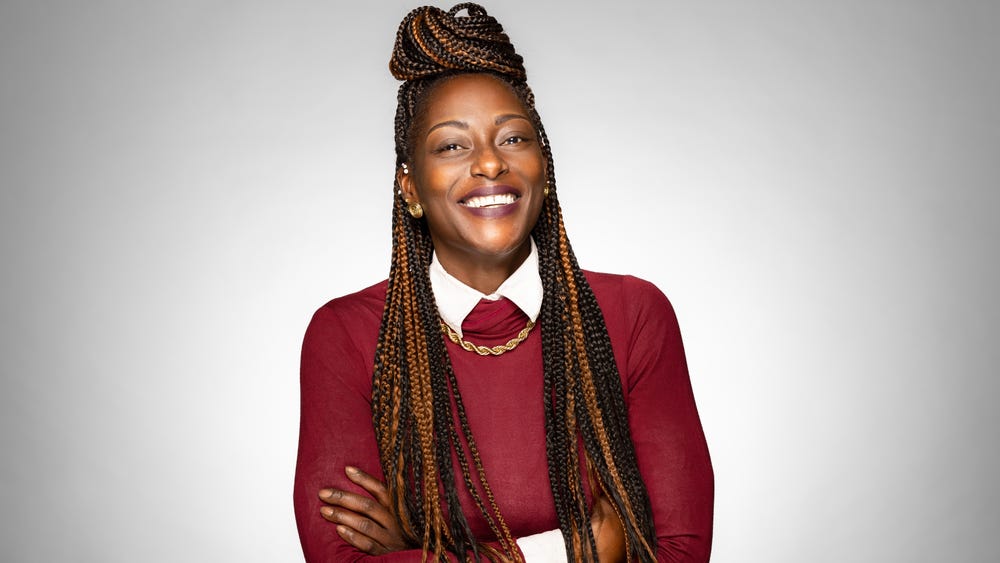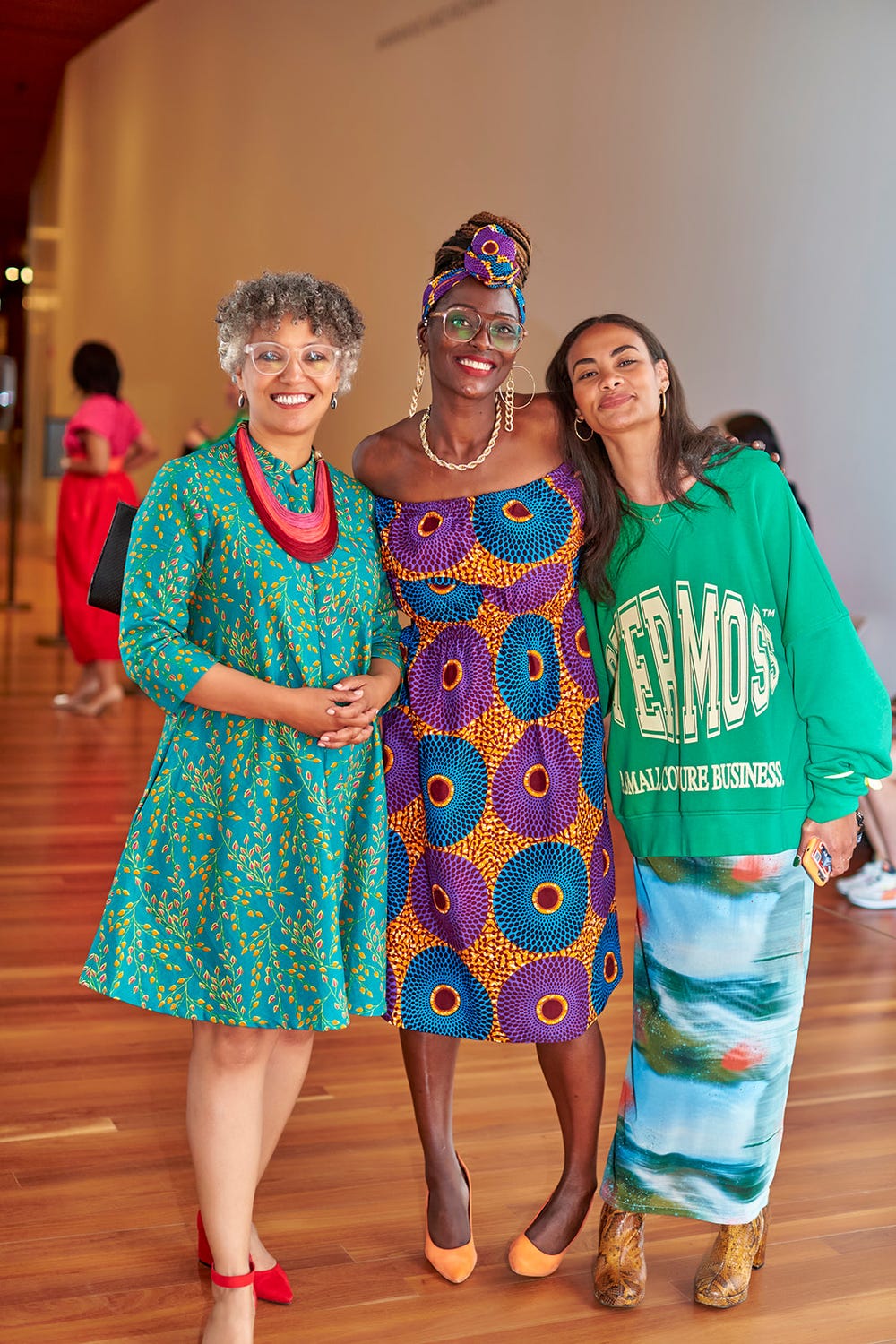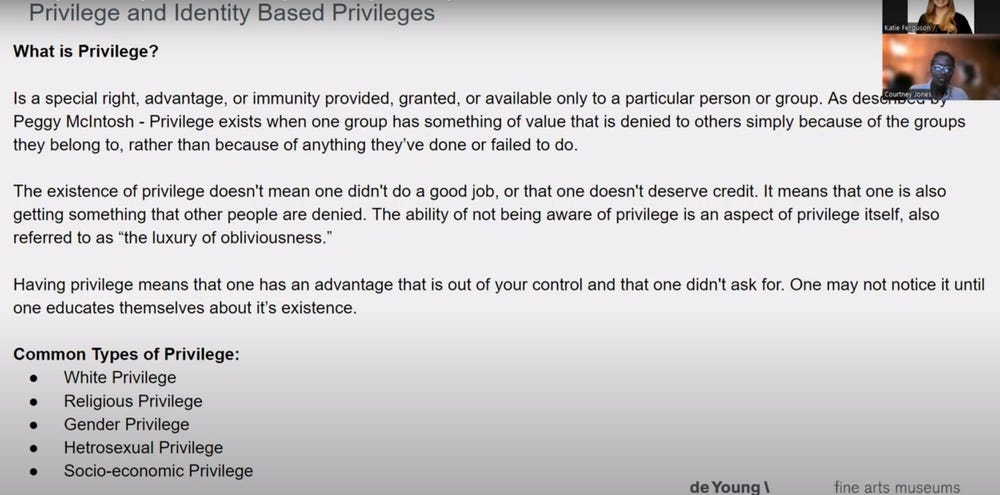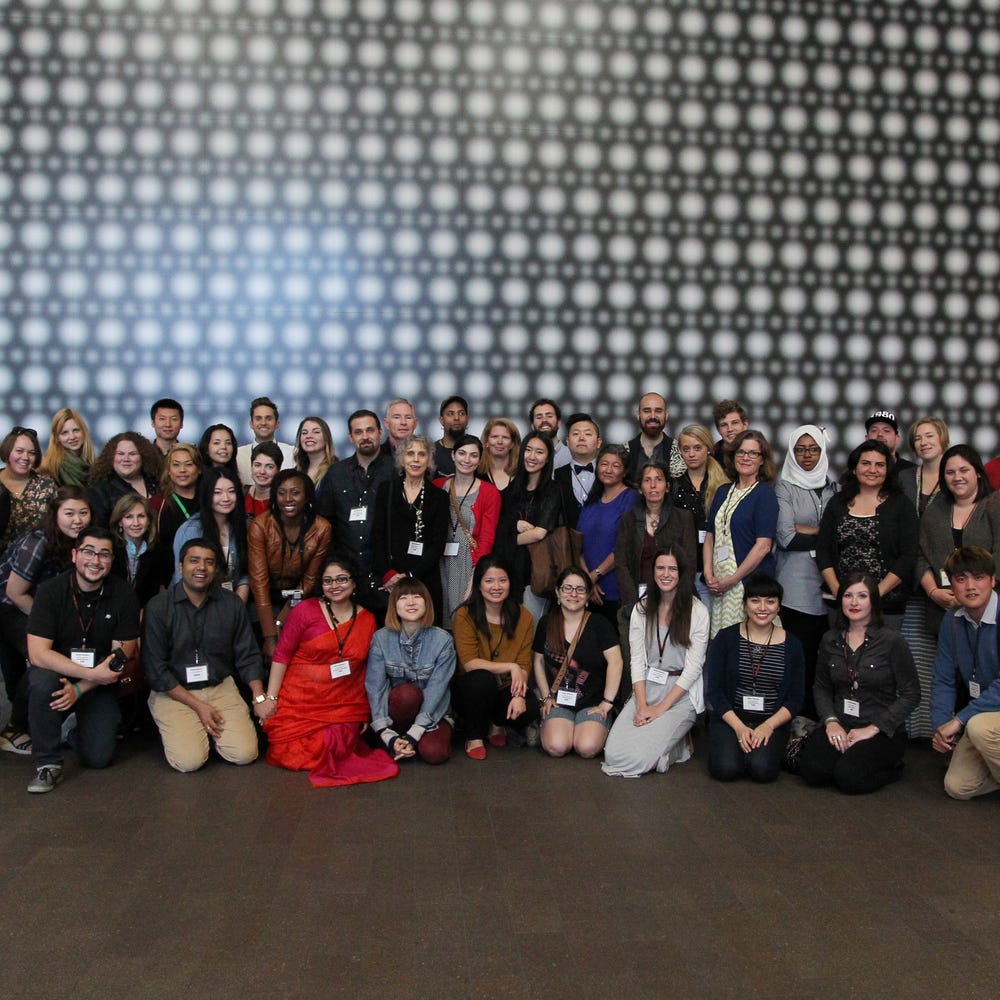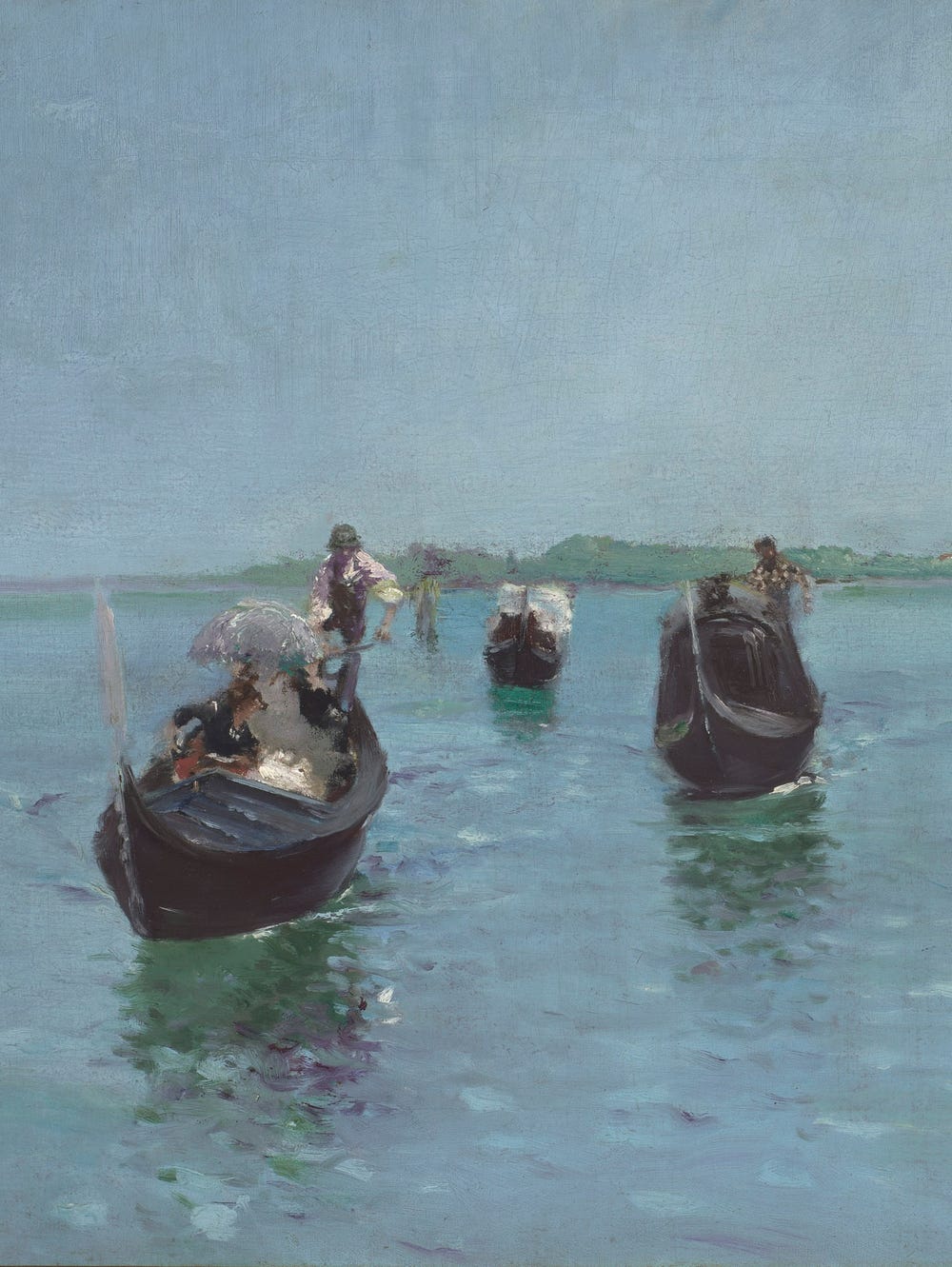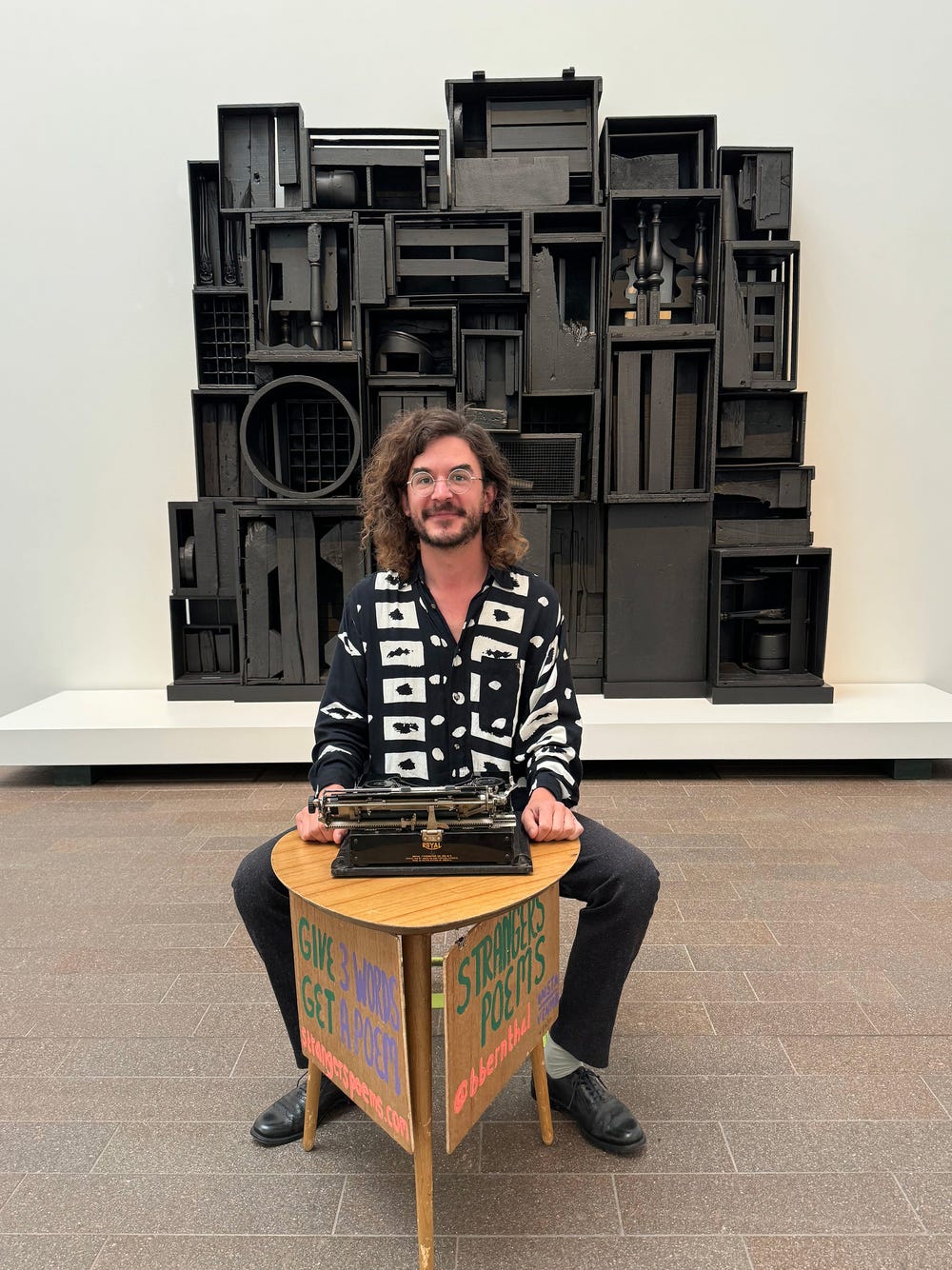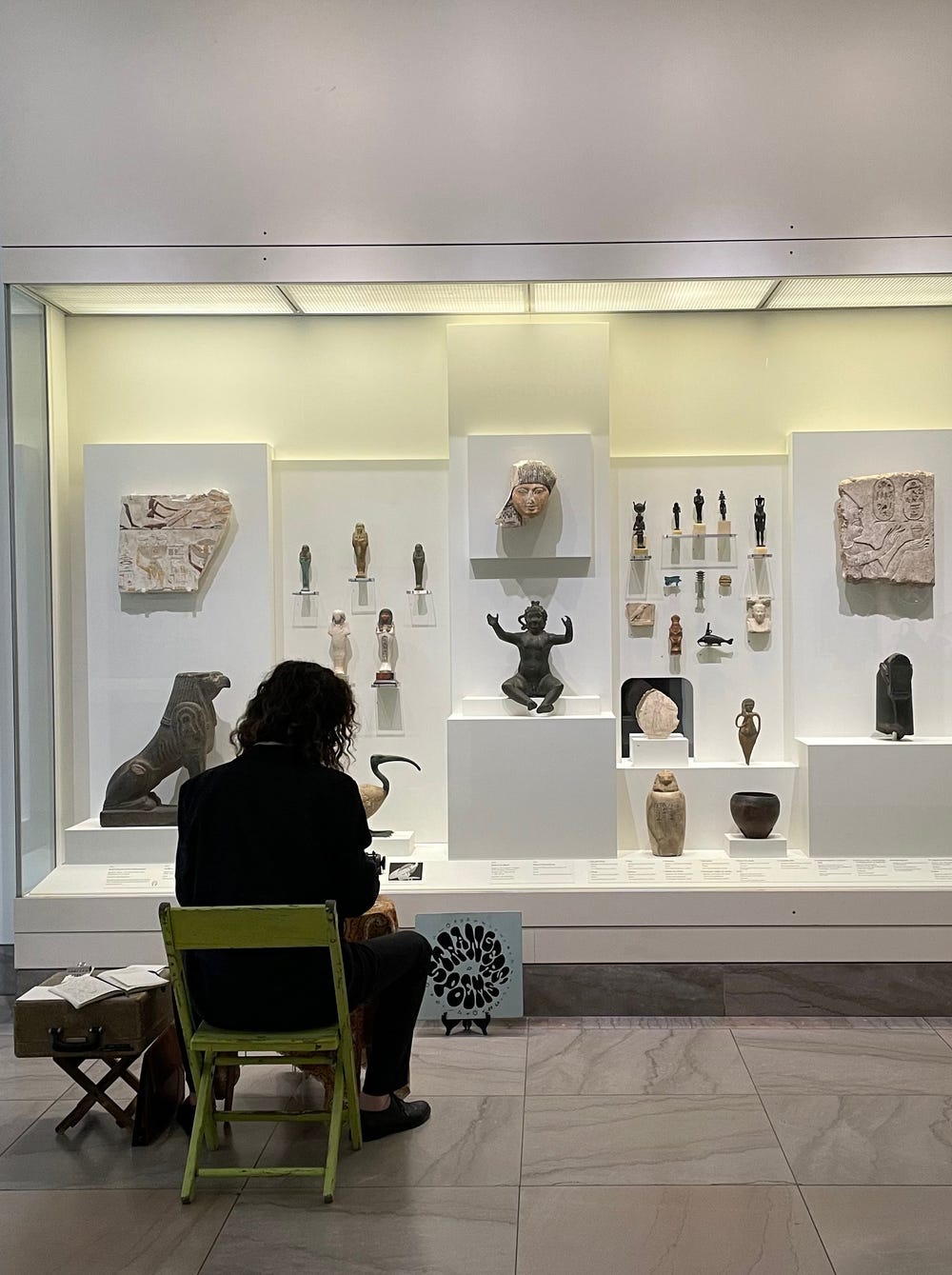Leading with Values: Our New Manager of Diversity and Inclusion
By Francisco Rosas, in conversation with Christine Moss
February 23, 2023
Courtney Jones, Manager of Diversity and Inclusion. Photograph by Gary Sexton
In January of 2022, the Fine Arts Museums of San Francisco welcomed Courtney Jones as our first ever Manager of Diversity and Inclusion. We interviewed Christine Moss, Chief Human Resources Officer, about the need for such a position at FAMSF, how Courtney has shaped her position, and the many new initiatives supporting our journey to become an anti-racist organization.
How and why did the Fine Arts Museums of San Francisco decide to create the Manager of Diversity and Inclusion position?
In 2020, as the museums grappled with how to face systemic racism and how those systems influence our workforce, we determined that a Manager of Diversity and Inclusion would be a critical addition to our staff. This position would help us take a deeper dive into our internal culture, uncover issues specific to BIPOC staff and other underrepresented groups within the workplace, and begin to address those issues. While we had attempted to build a framework to illuminate concerns around inclusion, diversity, equity and access (DEIA), we were not equipped with the proper tools to do so. This became apparent as we worked through our institution-wide Be the Change anti-racism capacity building series. The need for this position was also raised by our staff-led IDEA Committee, recognizing the importance of having a dedicated staff person to elevate diversity and inclusion issues identified by this group.
What considerations were involved in crafting the job description for this position?
As we thought about the position and the Museum’s priorities, as well as issues that were raised during our anti-racist training, it was apparent that we needed a staff person to better define support and belonging for BIPOC employees. Beyond recruiting and hiring more diverse candidates, we also needed to focus on what representation looks like within the staff. We wanted to shift staff culture to recognize how diverse viewpoints enrich our workplace and lives. In terms of the position draft, many members of staff, including the IDEA Committee and our director, were involved in defining the role.
What were you looking for in a candidate?
Similar to the job description, the selection process included several employee stakeholders. My own vision of the ideal candidate was someone who understood the historical context of museums, and barriers to employment and advancement in the museum environment. I knew the emotional labor involved in the role could be taxing, so someone who understood best practices related to the work, and had experience creating frameworks to support the work, was key. Perhaps most important, someone who had experience training, mentoring, and coaching individuals and groups on topics specific to diversity and inclusion. Another critical facet was someone who would be willing to speak up honestly.
Courtney, with Curator of African Art Natasha Becker (left) and Senior Communications Manager Shaquille Heath (right)
Did the institution run into any challenges during the recruiting process?
At the time we posted the role, we were mid-pandemic, and recruiting across all areas was challenging. Because it was a new role, we were very thoughtful in our approach and considered a variety of backgrounds when identifying candidates. Taking the necessary time to meet with candidates of different backgrounds was ultimately very helpful. Courtney has experience creating and updating training curricula in various diversity and inclusion areas. She has certification in cultural humility, transforming white privilege, diversity, access, inclusion, and belonging methodologies. When we met with her, we were confident her experience matched what we were looking for.
What were your expectations for the position overall?
My particular approach to my work, and the HR field, is very people centric. I believe that a combination of solid policy and employee-centered decision-making is the key to a healthy work environment. When thinking about this position, the prospect of a person with a similar approach was very exciting: codifying policy, centering people, and providing staff with real tools to continue our anti-racism work. Along with that, I expected to partner with this person on how the Museums could better support employees, particularly employees of color.
How did Courtney help shape the position once she came on board?
Because of Courtney’s vast experience in the diversity field, as well as her other professional experience, she immediately had ideas and made some keen observations. I very much appreciated her interest in getting to know staff, studying the structure of our and other museums, and bringing a fresh perspective to our work. Courtney is very detailed and thinks at a high level. She was able to see quickly how specific structural shifts and support could make solid impacts. One of the first things Courtney did was support junior staff members by training their managers on mentorship. This was an impactful initiative in terms of shaping expectations for both managers and emerging professionals in the museum field.
Courtney leading a Power and Privilege manager training
What are some of the projects and policies she has implemented in her role?
Working closely with other staff members, Courtney has built a staff training program to ease the burden on frontline staff, who face challenging conversations with visitors around some exhibitions. This project has provided consistency for teams who interact with the public on a regular basis. Additionally, Courtney has implemented a training program for managers around topics related to diversity, including the culturally responsive mentor training. This will provide a common language and offer a safe space for difficult conversations. Courtney also brings people together through in-person community events, like the Women’s History Month event she hosted last spring. This event allowed staff from various departments to unite and celebrate influential women in their lives, as well as reconnect and meet new colleagues who started during the pandemic.
Can you share some of the challenges you’ve faced in implementing recommendations that have come out of the position?
While many of the recommendations Courtney has made are supported, there is a need to prioritize them due to limited resources and time. We have to ensure there is a reasonable workflow and workload for this role and our staff in general. Courtney has met the challenge of finding ways to train the variety of roles that we have in the Museums. For example, training frontline teams on interacting with visitors is very different from training administrative staff on DEIA practices. Courtney has taken time to understand and apply appropriate methods to each training.
What are some ways that the institution is supporting the work of this position?
Executive leadership has embraced Courtney’s recommendations on a myriad of issues related to diversity and inclusion at the Museums. Their understanding of the importance of alignment on the DEIA strategy has had a direct impact on the organization overall. Executive leadership prioritizes communication of initiatives to all staff and places emphasis on staff participation in these efforts. Leadership has regularly participated in the diversity and inclusion trainings Courtney has introduced. This show of support has been key to how departments integrate diversity and inclusion into their work.
What are some upcoming DEIA processes and programs you’re looking forward to?
Courtney has begun rolling out a training series to create consistency around DEIA education. I am very much looking forward to seeing how she brings her knowledge and creativity to the series. I am also looking forward to continuing community building through events that celebrate specific groups and heritage months, including Black History Month.
Courtney has been in this position for a little over a year now. Can you speak to how her role differs from your initial expectations for the position?
With any new position, it’s impossible to know exactly how the role will unfold and evolve, how it will differ from the original vision, and what you might learn along the way. In this case, our expectations have been exceeded across the board in terms of impact on the organization. Courtney has deftly guided the institution to build intentionality around complex subjects. I believe her willingness to learn about our particular culture and organization, build upon our strengths, and improve our approaches to diversity and inclusion has made marked improvements to our work culture. I am grateful for Courtney’s honest and direct style; she is willing to broach sensitive and challenging topics while maintaining positivity and a solution-based approach. With Courtney’s direction, there is a sense that monumental change is possible.
Interview by Francisco Rosas, Internal Communication and Content Project Manager, with Christine Moss, Chief Human Resources Officer. This conversation has been edited for length and clarity.
